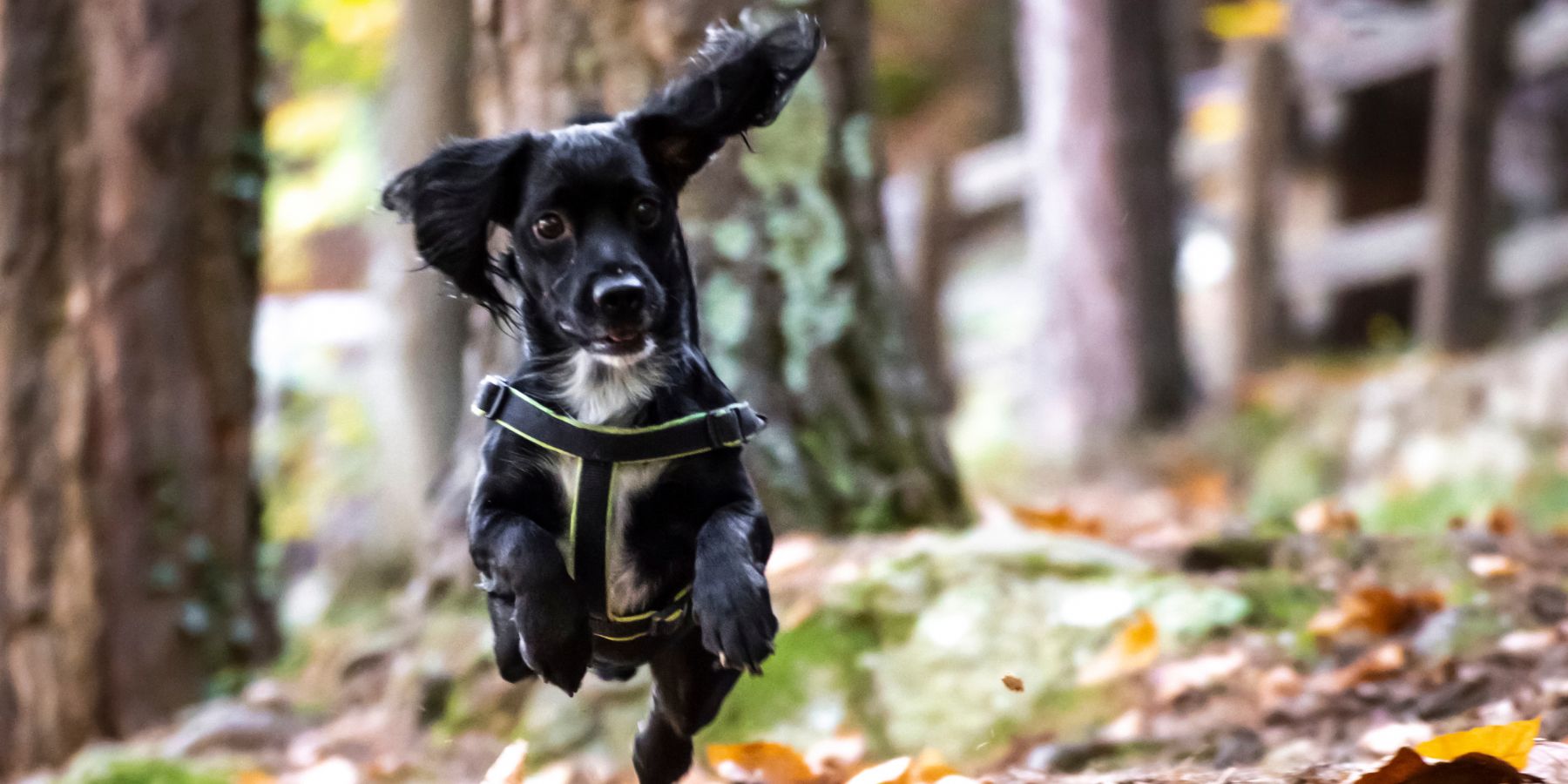If you’re a dog owner, you’ve probably experienced the enthusiastic but sometimes overwhelming greeting of your dog jumping up on you or guests. As much as we love our furry friends, teaching them not to jump up is important for safety and manners. From personal experience, I can say that with patience, consistency, and the right tools, like a tactical cat & dog harness, you can train your dog to keep all four paws on the ground.
Step 1: Understand Why Dogs Jump
Firstly, understand that dogs often jump up
to greet us because they are excited and it’s their way of showing affection. Young dogs, in particular, might jump to get attention. Understanding this can help you approach the training with empathy.
Step 2: Consistency is Key
Every time your dog jumps up, respond the same way. Don’t pet or praise your dog when they jump; instead, turn away or walk back out the door. Your consistent reaction teaches them that jumping won’t get them the attention they want.
Step 3: Positive Reinforcement
When your dog greets you with all four paws on the ground, give them lots of praise and treats. This positive reinforcement makes them understand that keeping their paws on the ground is a good thing.
Step 4: Use Commands
Teach your dog a command like ‘sit’ or ‘stay.’ Use this command when you anticipate they might jump. For instance, when someone comes to the door, instruct your dog to ‘sit.’ Reward them when they comply.
Step 5: Redirect Their Energy
If your dog is prone to jumping when excited, redirect their energy. Give them a toy to carry in their mouth when greeting people. This gives them an alternative way to express their excitement.
Step 6: Consider a Training Harness
For dogs that are particularly exuberant, using a tactical dog harness during training can help. It gives you more control and can be used to gently guide them into a sitting position when they try to jump. Click here to choose different types of dog harnesses.
Step 7: Practice with Visitors
Enlist the help of friends or family for practice sessions. Have them come to the door and go through the greeting routine. Consistent practice with different people reinforces the training.
Step 8: Ignore Jumping
If your dog jumps on you, ignore them completely. Turn your back and don’t make eye contact. Wait until they have all four paws on the ground before giving them attention.
Step 9: Manage Excitable Situations
In situations where your dog gets overly excited, manage the environment. If your dog jumps on guests, keep them on a leash or in another room until they calm down.
Step 10: Be Patient and Persistent
Training takes time, especially with a behavior as natural as jumping. Be patient and persistent. If you stay consistent with your training, your dog will learn.
Conclusion
Training your dog not to jump up is an important part of their overall behavior training. It ensures the safety and comfort of everyone who comes into your home. Remember, every dog learns at their own pace, so be patient and consistent in your training efforts. And don’t forget, tools like a tactical cat & dog harness can be very helpful in managing and training your excitable pooch.
Do you have any tips or experiences with teaching your dog not to jump? What methods worked best for you? Share your thoughts and experiences in the comments below – let’s help each other in our journey of responsible dog ownership!

